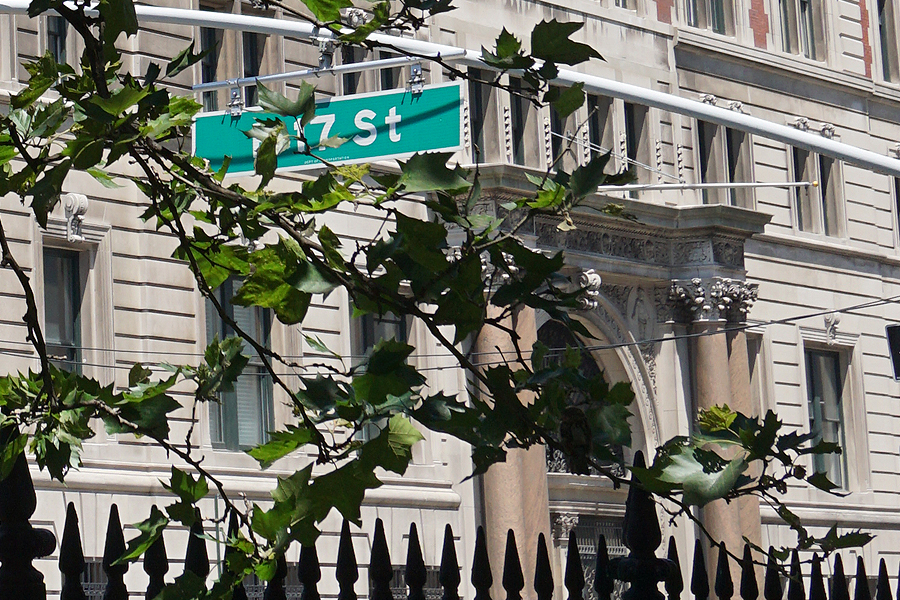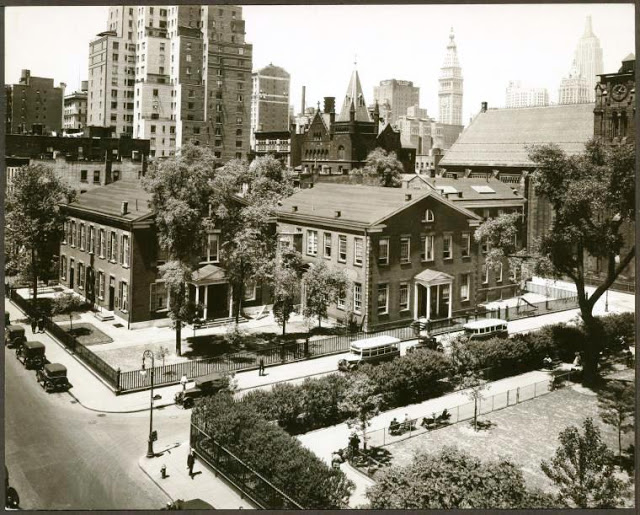As regular visitors would be aware, I took a slightly different approach with the 17th Street blog last week by posting up an account of my recent Alienist-related travels that took me from Toronto, down through New York state following the Hudson River, before finally arriving on the Upper West Side of New York City. This week, I conclude my travel blog with an account of the second half of my holiday in New York, predominantly spent in the historic districts around Union Square where I was finally able to visit the locations that make up the heart of the Alienist novels. Enjoy!
The Inn At Irving Place
Following my short walk in Central Park with thunder rolling in the distance and storm clouds threatening, I moved from my hotel on the Upper West Side to my second hotel in the East 17th Street/Irving Place Historic District where I stayed for my final five nights in the city. When I had originally decided that I wanted to spend at least a portion of my trip down in the Union Square area, I looked at a number of different hotel options but ultimately couldn’t go past The Inn at Irving Place.
Ideally situated, the boutique hotel offered an experience I would not get anywhere else: an opportunity to get a taste of my favourite characters’ lifestyles by staying in a restored New York brownstone located only two blocks from Gramercy Park to the north, two blocks from Stuyvesant Square to the east, and one block from Union Square to the west. After checking in with the manager whose desk was located in the front parlor (see photos 3-4 below), I stayed in the “O Henry room” (see photos 6-12 below) which was tastefully appointed with genuine antiques and was well-proportioned, quiet, and had an unexpectedly large bathroom (for New York City). Located at the back of the brownstone on the second floor, the room had a pleasant view of the terrace and surrounding buildings (see photo 13 below). My regular breakfast spot in the tea room on the first floor also offered a delightful view, both inside and out (see photos 14-15 below).
All in all, I couldn’t have been happier with my choice of hotel and highly recommend it for any Alienist readers or lovers of history who want to experience life from an earlier time in a restored New York brownstone. Watch the steps, though — they are steep! (Something I experienced later on at the Merchant’s House Museum, too.)
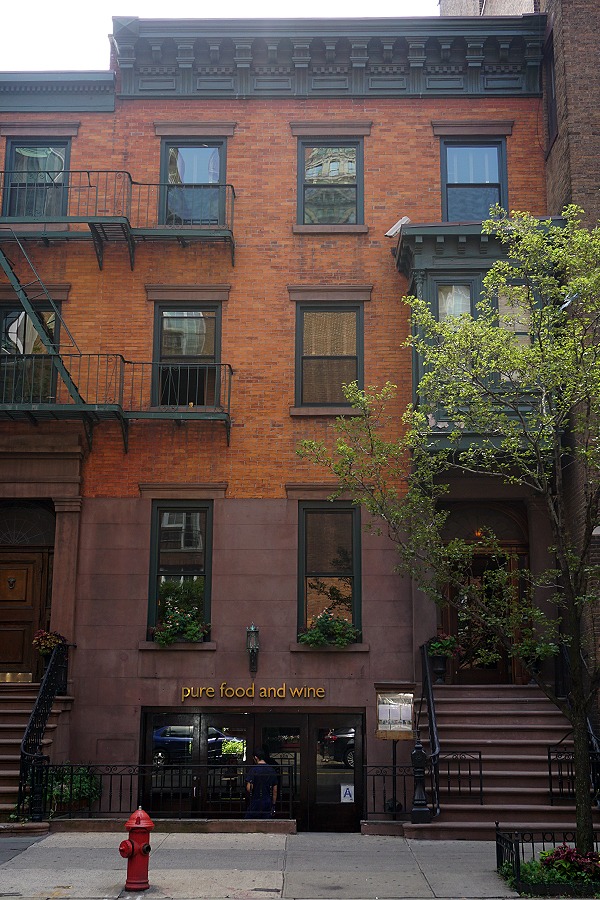
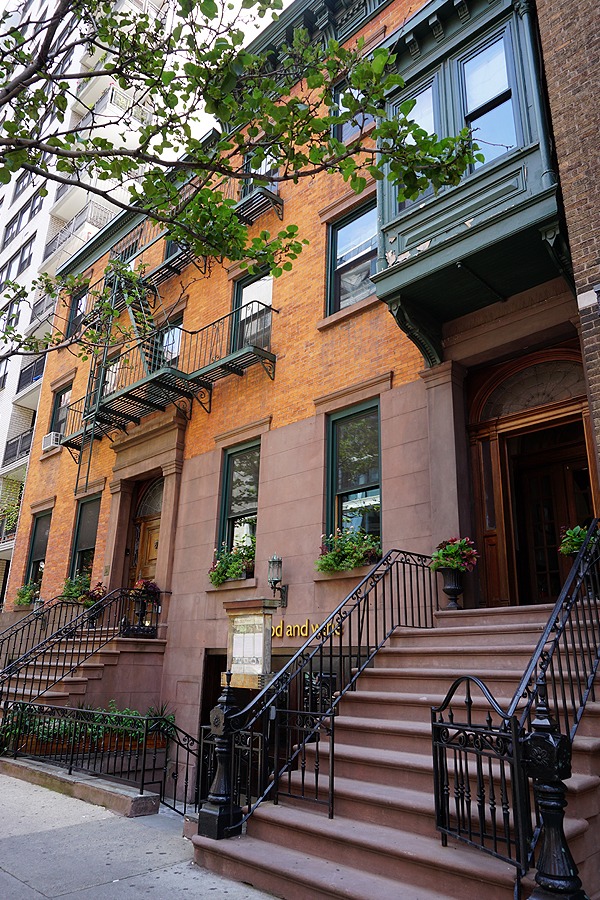
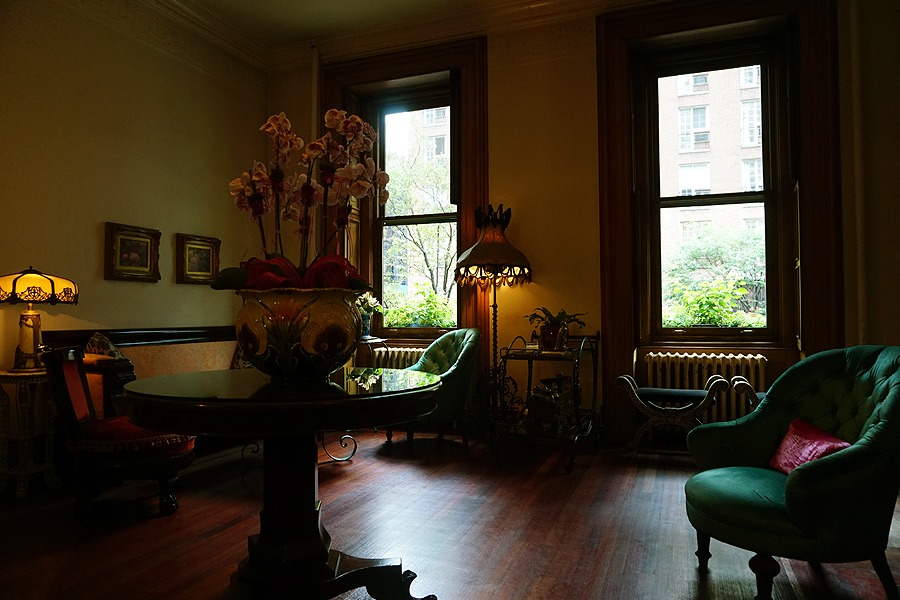
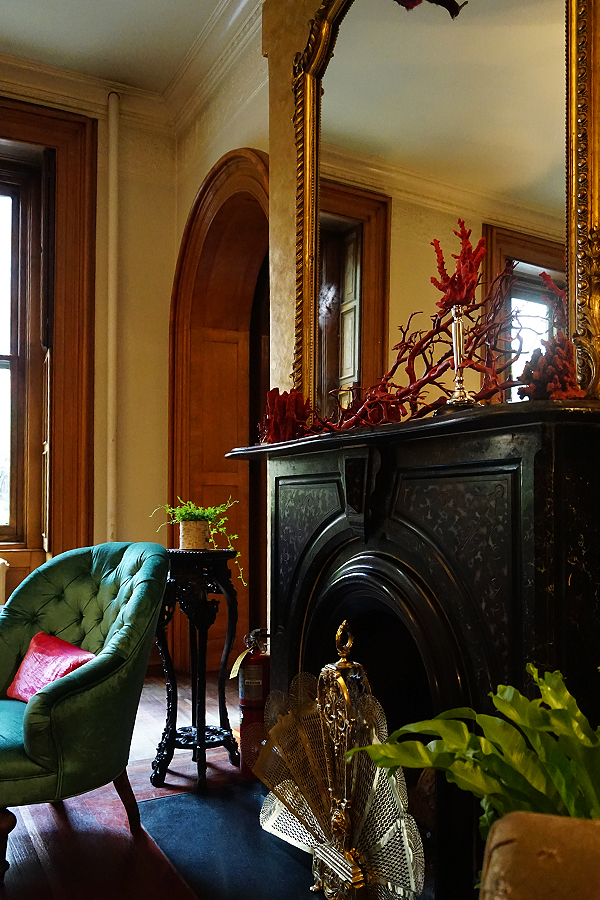
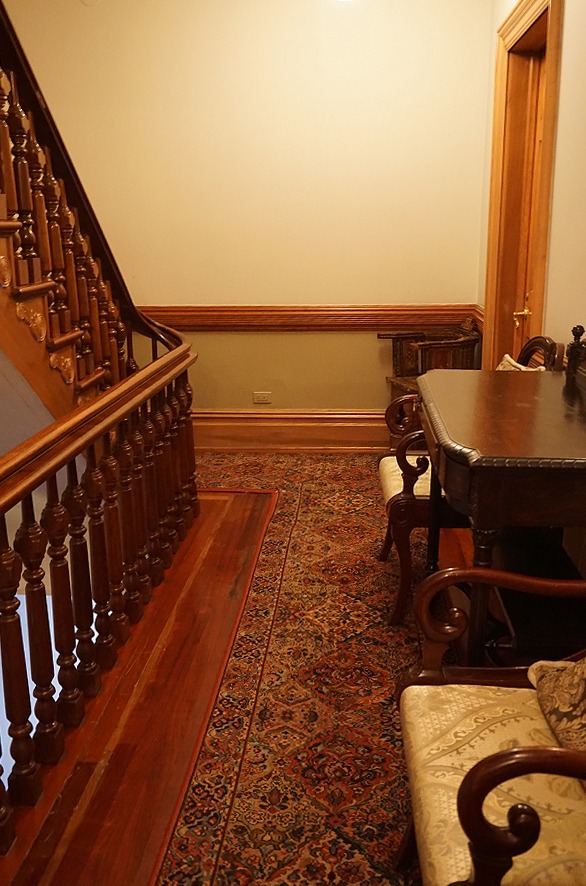
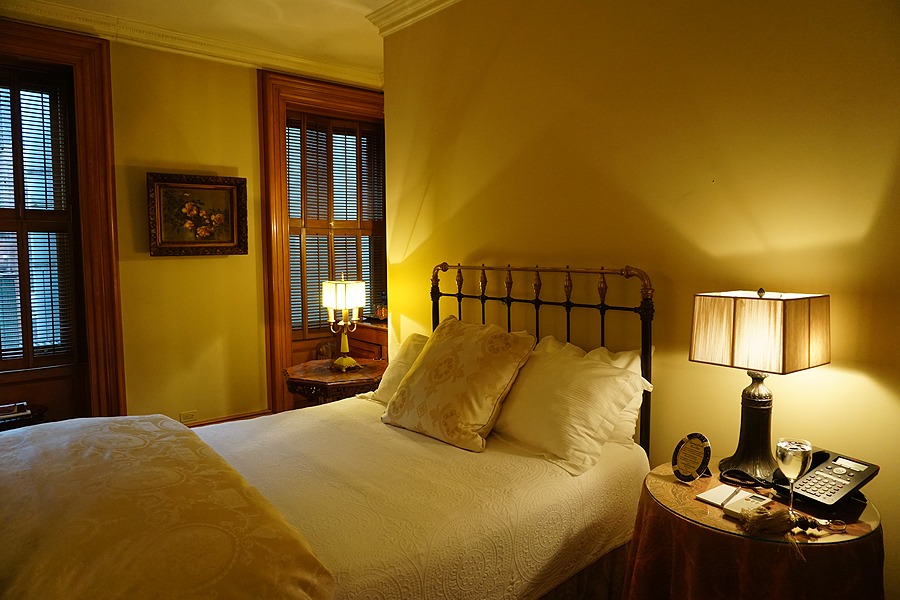
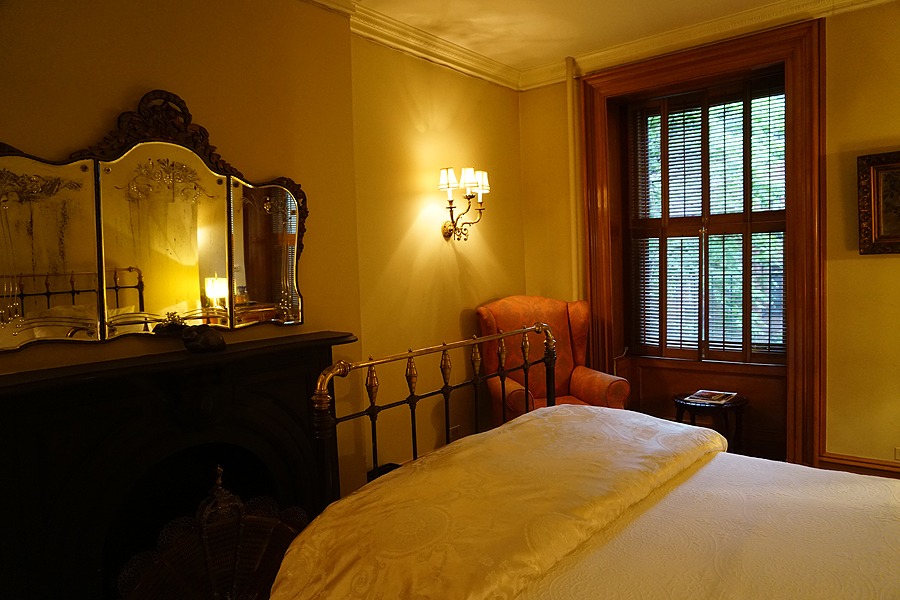
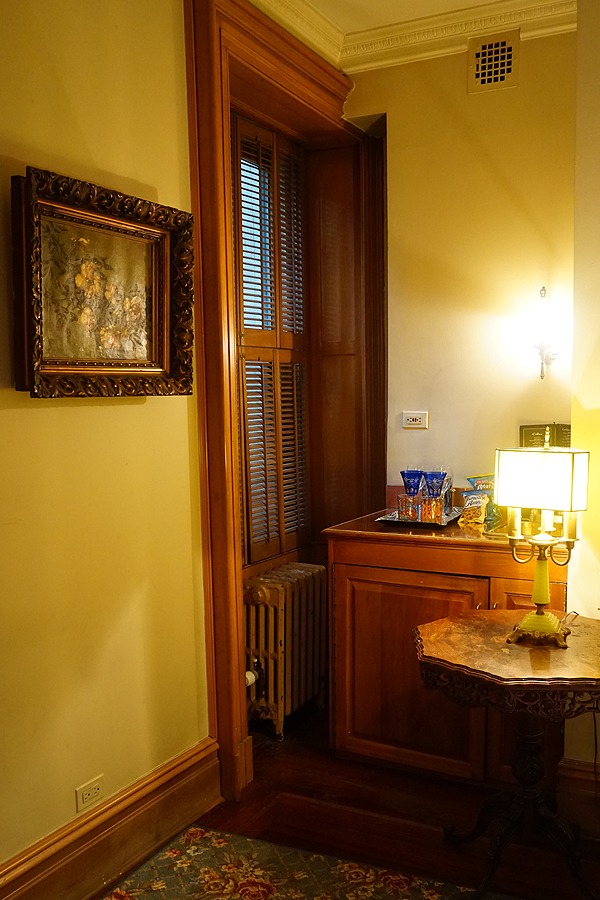
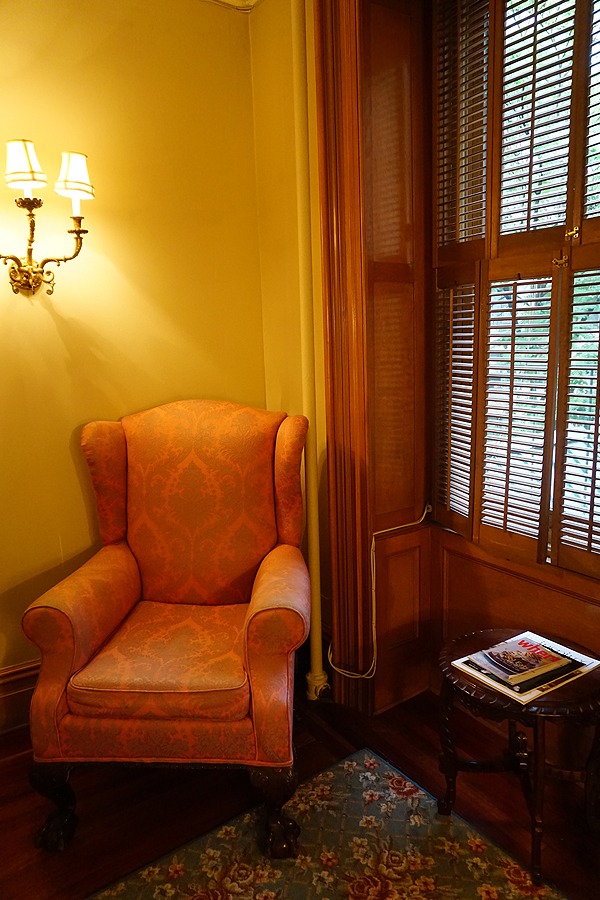
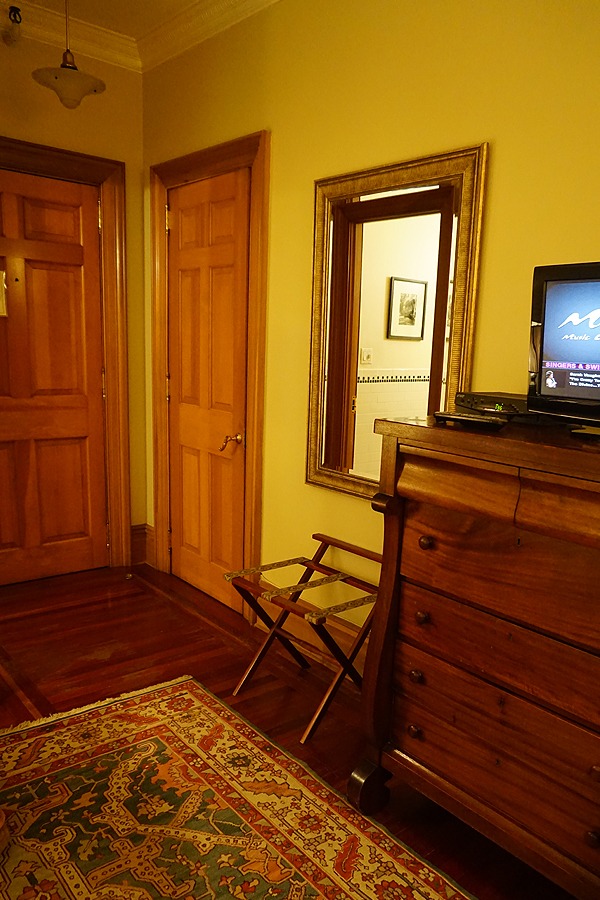
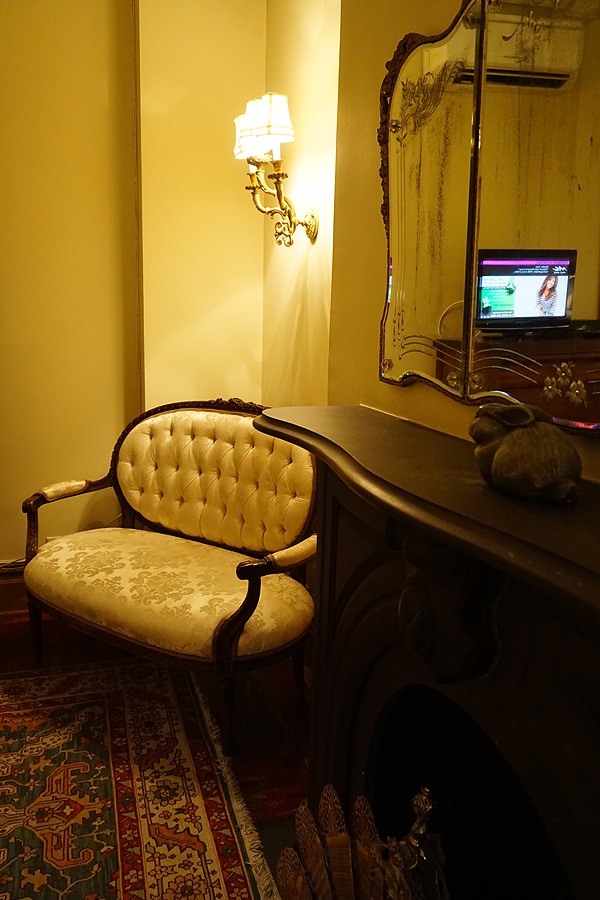
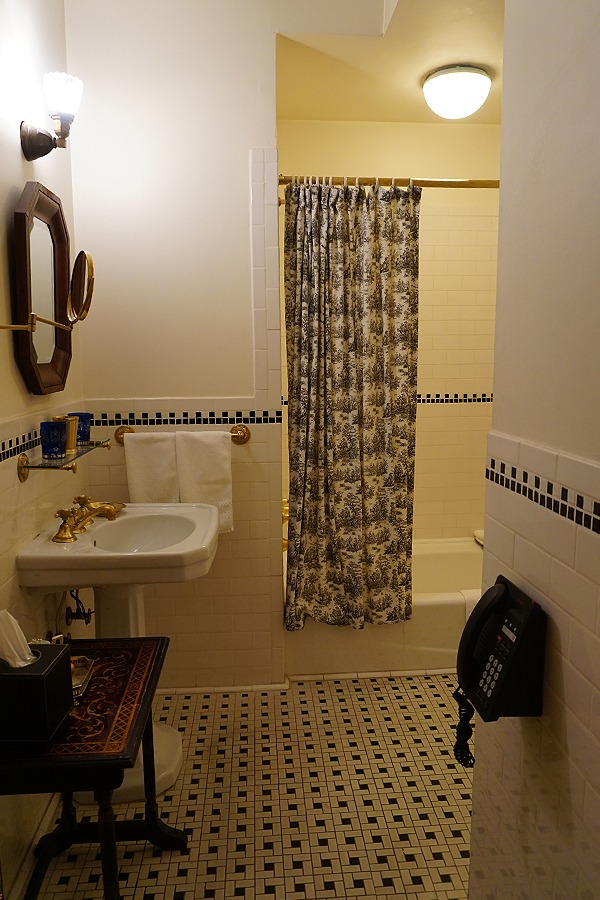
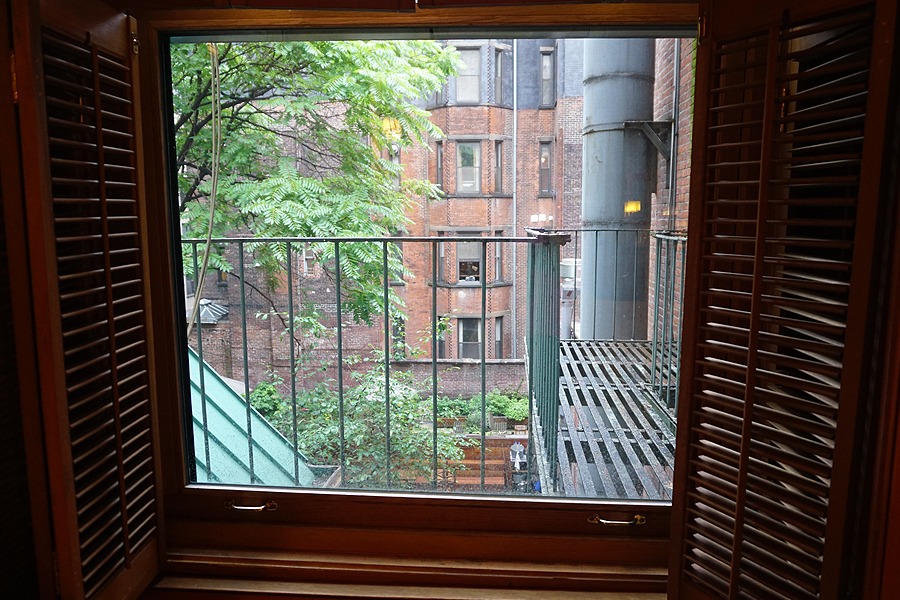
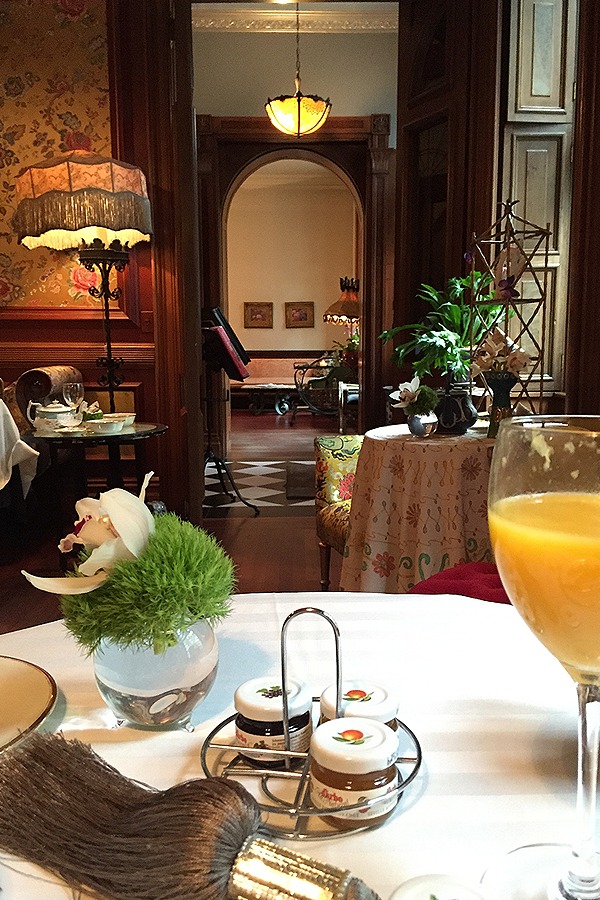
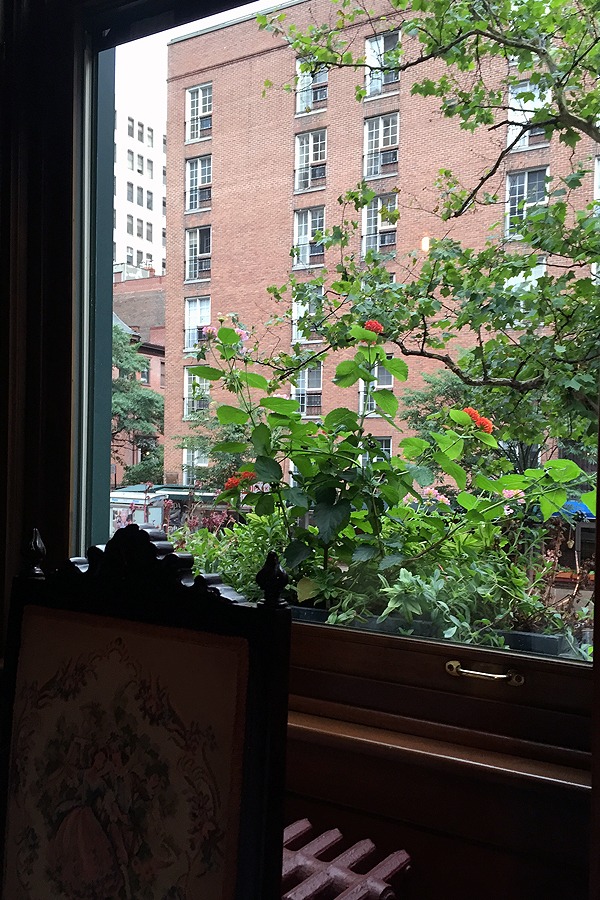
Given the storm that had moved in, I decided to stay close to the hotel for the rest of the day by getting a spot of lunch at Barnes & Noble on Union Square before going for a wander across to a very wet Stuyvesant Square where I saw an astonishing number of squirrels — a novelty for this Australian, and the most I had seen in any one spot during my entire trip! — until I finally admitted defeat and retreated back to The Inn. I couldn’t help feeling on this first afternoon as I listened to the thunder overhead and saw the trees outside my window being blown around that I had been transported into the summer storm described in Chapter 53 of The Angel of Darkness which the characters quietly wait out in the safety of Dr. Kreizler’s home, watching the wind-tossed trees in Stuyvesant Square across the road.
| Continue reading →

